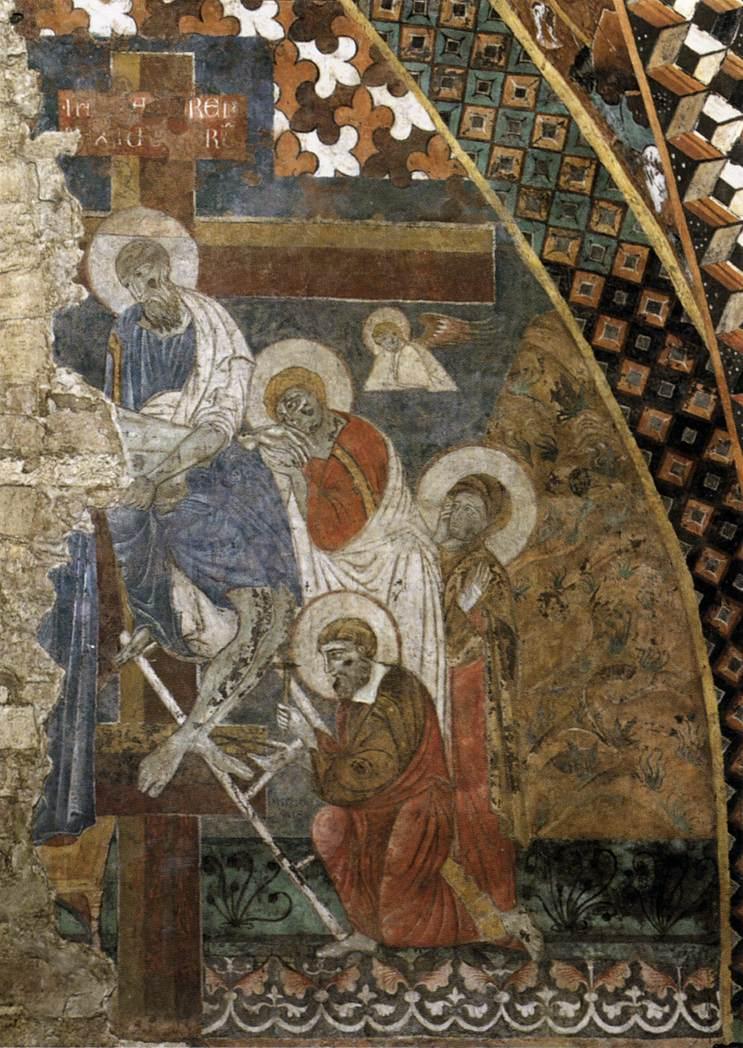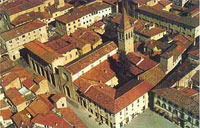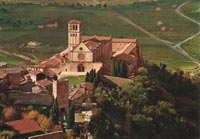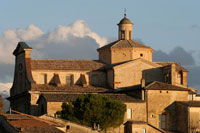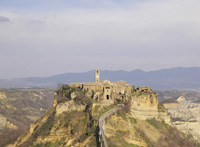| Frescos by the Master of Saint Francis in the Lower Basilica in Assisi | Scenes from the Passion of Christ, Deposition of Christ from the Cross |
| The nave of the Lower Church was dug out of the rock. It is richly decorated by frescoes from the second half of the 13th century. The chapels were constructed at the end of the 13th century. The transept and the chapels were decorated in the first two decades of the 14th century by Simone Martini, Pietro Lorenzetti and Giotto. On the south wall of the nave (left) and on the north wall (right), five scenes from the life of St Francis and five scenes from the Passion of Christ, respectively, were painted by the Master of St Francis. Half of each scene has been destroyed when the walls were broken through for constructing the side chapels. The frescoes in the nave of the Lower Church in Assisi are regarded as the masterwork of the Master of St Francis. Unfortunately, half of each has been destroyed when the walls were broken through. These frescoes initiated the decoration in San Francesco around 1260. Before the eyes of the pilgrims visiting the saint's tomb in the lower church, a pictorial program of an entirely new kind unfurled, juxtaposing five scenes from the Passion of Christ on the north wall (Preparation for the Crucifixion, Crucifixion, Deposition, Lamentation, Supper at Emmaus) with five scenes from the life of St Francis on the south wall (Renunciation of Worldly Goods, Dream of Pope Innocent III, St Francis Preaches to the Birds, St Francis Receives the Stigmata, Funeral of St Francis. These murals were executed al secco, on dry plaster, using tempera paints in large sections. The artistic qualities of the paintings are difficult to judge as the works have been largely destroyed. The scene Deposition of Christ from the Cross is on the north wall is in the second bay of the nave. [2]
|
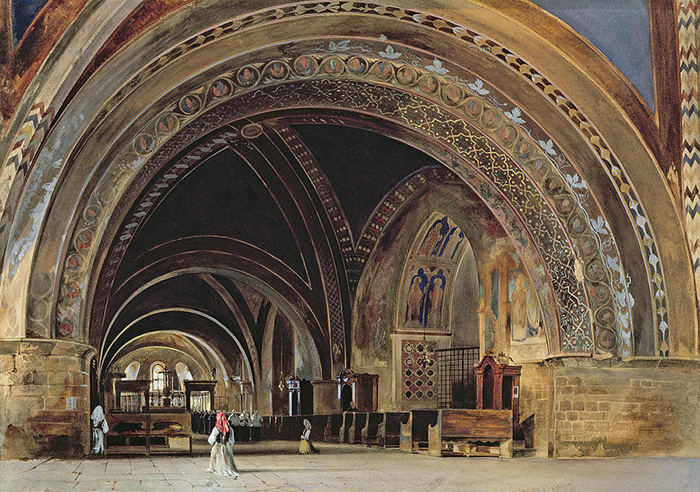 |
||||
Thomas Hartley Cromek(1809-73), The Interior of the Lower Basilica of St. Francis of Assisi, 1839, Yale Center for British Art
|
||||
|
||||
|
||||
Questo articolo è basato sull'articolodell' enciclopedia Wikipedia ed è rilasciato sotto i termini della GNU Free Documentation License.
|
||||
|
||||
Sansepolcro |
Podere Santa Pia, giardino |
Podere Santa Pia |
||
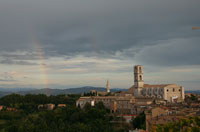 |
||||
| Assisi | Castiglioncello Bandini |
Perugia |
||
Montefalco |
Civiltà Bagno Regio |
Siena, Duomo |
||
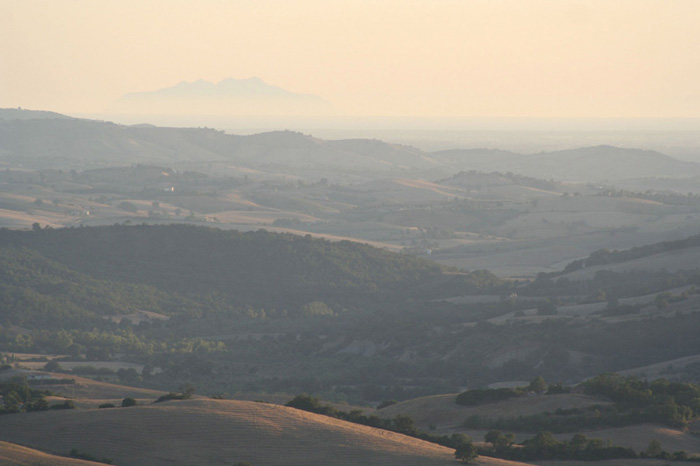 |
||||
Podere Santa Pia, con una vista indimenticabile sulla Maremma Toscana |
||||
| Situato in una splendida posizione panoramica, in un ambiente incontaminato, collocato nel bellissimo, con una straordinaria vista sulle colline Maremmane, fino a Castiglione della Pescaia e Monte Argentario, Podere Santa Pia è una classica casa toscana, antica ma interamente ristrutturata. Le pietre della facciata sono state riportate ai loro colori naturali, all’interno sono stati riscoperti i vecchi mattoni fatti a mano in originale cotto toscano ed i soffitti hanno tutti i travi a vista. | ||||

